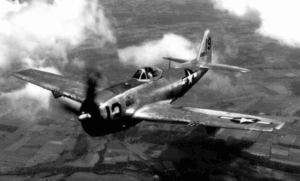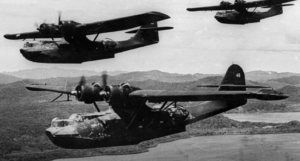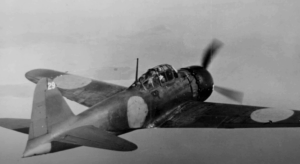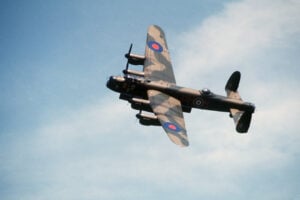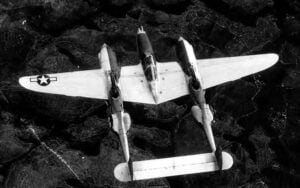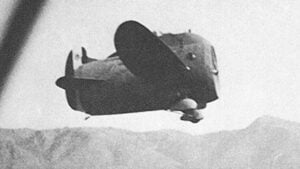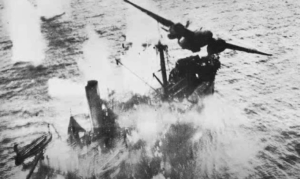The Story of the Enola Gay: The Plane That Ended The Pacific War
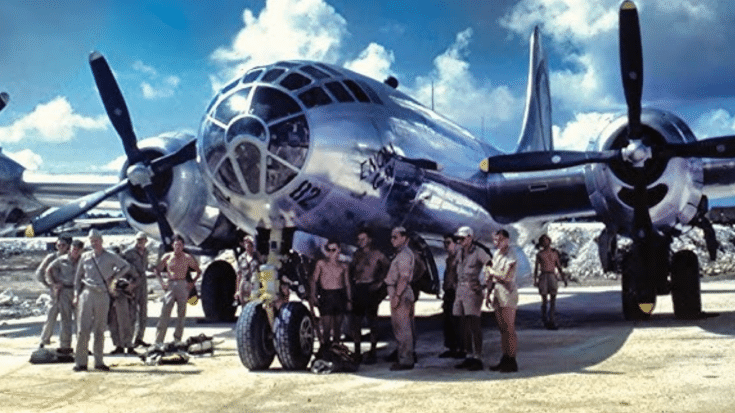
Air2Air / YouTube
The Enola Gay, a B-29 Superfortress, is renowned for its role in World War II as the aircraft that dropped the first atomic bomb on Japan. On August 6, 1945, this historic bomber made a crucial mark in history by attacking Hiroshima, Japan, with the bomb named “Little Boy.” The plane was named after the mother of its pilot, Colonel Paul Warfield Tibbets, Jr.
The B-29 Superfortress and Its Role in World War II
The B-29 Superfortress, developed by Boeing, was a powerful four-engine heavy bomber used extensively in the Pacific theater during World War II. It first took flight in 1942 and quickly became known for its advanced features, including its high altitude and long-range capabilities. By 1944, the B-29 was chosen to carry the atomic bomb due to its size and ability to withstand the bomb’s significant impact. These aircraft were modified to include reinforcements in the bomb bay to accommodate the new weapon.
Lieutenant Colonel Paul Tibbets, a highly experienced pilot, was assigned the task of preparing a crew for this critical mission. After extensive training, the modified B-29s were flown to the U.S. military base on Tinian, one of the Mariana Islands, which served as a launch point for the mission.
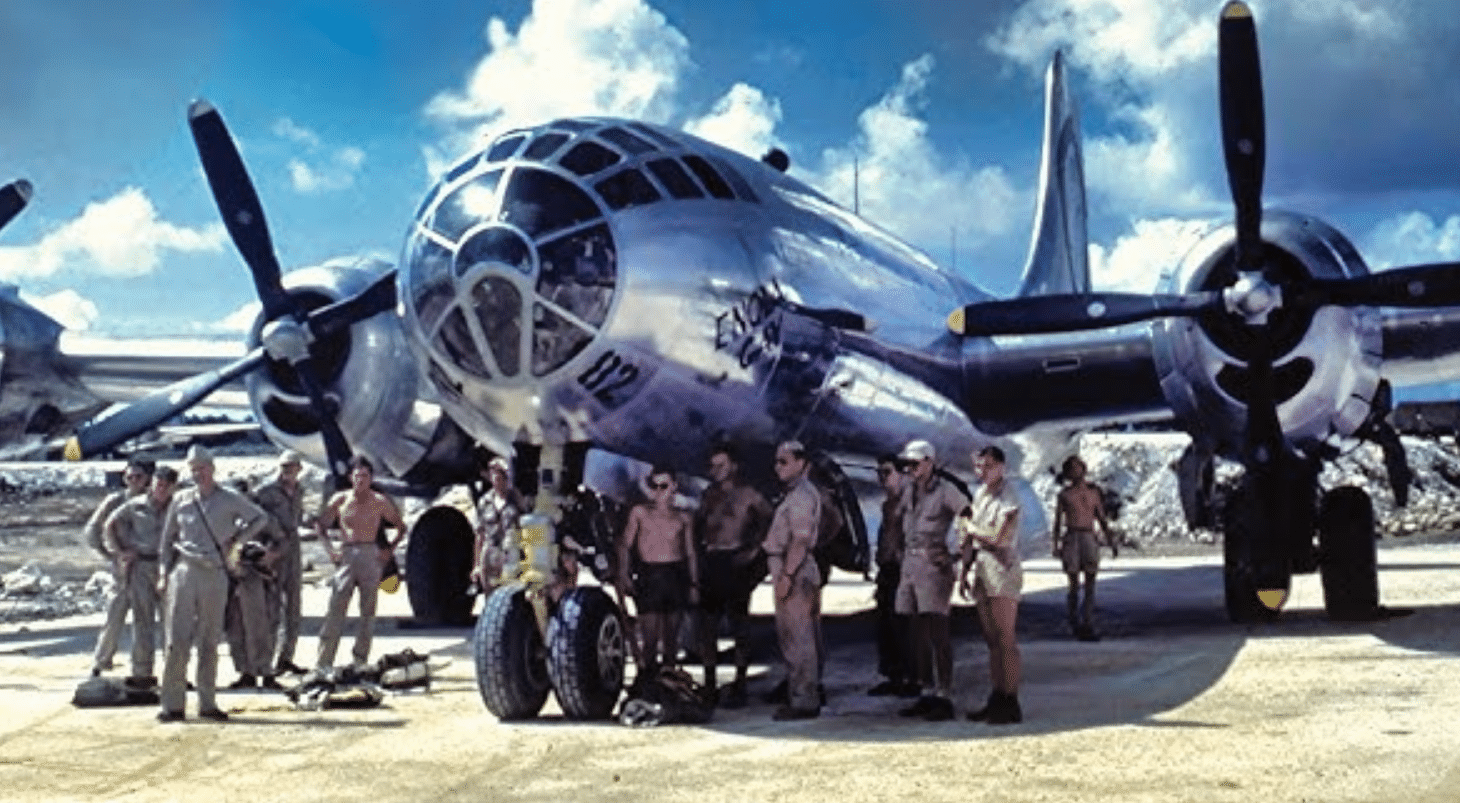
The Deployment of the Atomic Bomb on Hiroshima
On July 16, 1945, the United States conducted the first successful test of an atomic bomb in New Mexico. President Harry S. Truman, who was attending the Potsdam Conference at the time, informed Soviet leader Joseph Stalin of this new weapon. Truman’s announcement highlighted the bomb’s destructive power. Following Japan’s refusal to surrender, the Allied leaders issued an ultimatum on July 26, demanding unconditional surrender or facing “prompt and utter destruction.”
At 2:45 a.m. on August 6, 1945, the Enola Gay, with Colonel Tibbets and a crew of eleven, took off from Tinian Island carrying the uranium bomb known as “Little Boy.” The aircraft was named in honor of Tibbets’ mother, and the name was painted on the nose just before takeoff. Accompanied by a formation of other planes, the Enola Gay made its way to Hiroshima.
The bomb was released at 8:15 a.m. from an altitude of about 1,900 feet. “Little Boy” detonated over Hiroshima, resulting in immediate and massive destruction. The explosion killed tens of thousands of people and caused extensive damage to the city. Following the mission, Tibbets and his crew returned to Tinian. Tibbets was awarded the Distinguished Service Cross for his role in the mission.
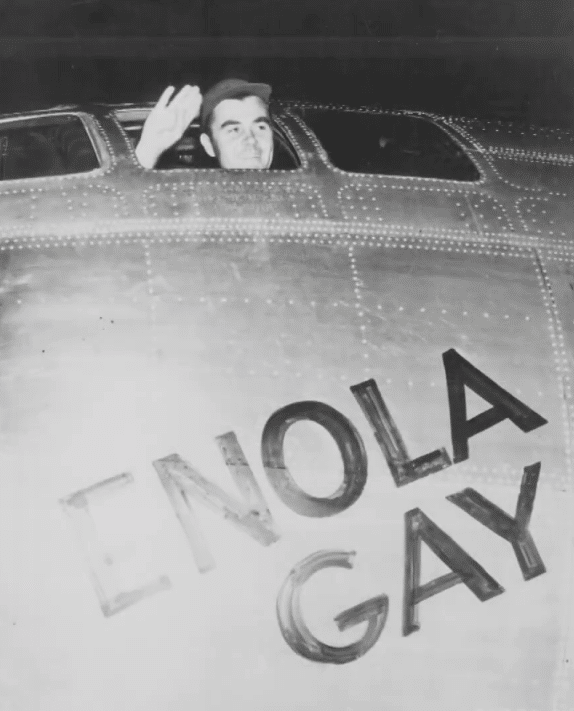
The Enola Gay’s Post-War History and Restoration
Three days later, the Enola Gay was involved in a weather reconnaissance mission in preparation for the second atomic bombing over Nagasaki, Japan. This bombing led to Japan’s surrender on September 2, 1945, effectively bringing an end to World War II.
After the war, the Enola Gay continued to serve in various capacities before being transferred to the Smithsonian Institution on July 3, 1949. The aircraft was disassembled and stored in Maryland due to its condition, which had deteriorated from exposure to the elements and vandalism. In 1984, restoration work began, a task that would take about 20 years to complete. The project faced challenges including damage from the environment and nesting birds.
In 1995, a portion of the restored Enola Gay was featured in a controversial exhibition at the Smithsonian’s National Air and Space Museum in Washington, D.C. The exhibit was originally planned to include artifacts from Hiroshima and Nagasaki and to address the debate over the use of atomic bombs. However, due to strong opposition, the exhibit was scaled back significantly. The fully restored Enola Gay was eventually displayed at the Smithsonian’s Steven F. Udvar-Hazy Center in Chantilly, Virginia, starting in 2003.














